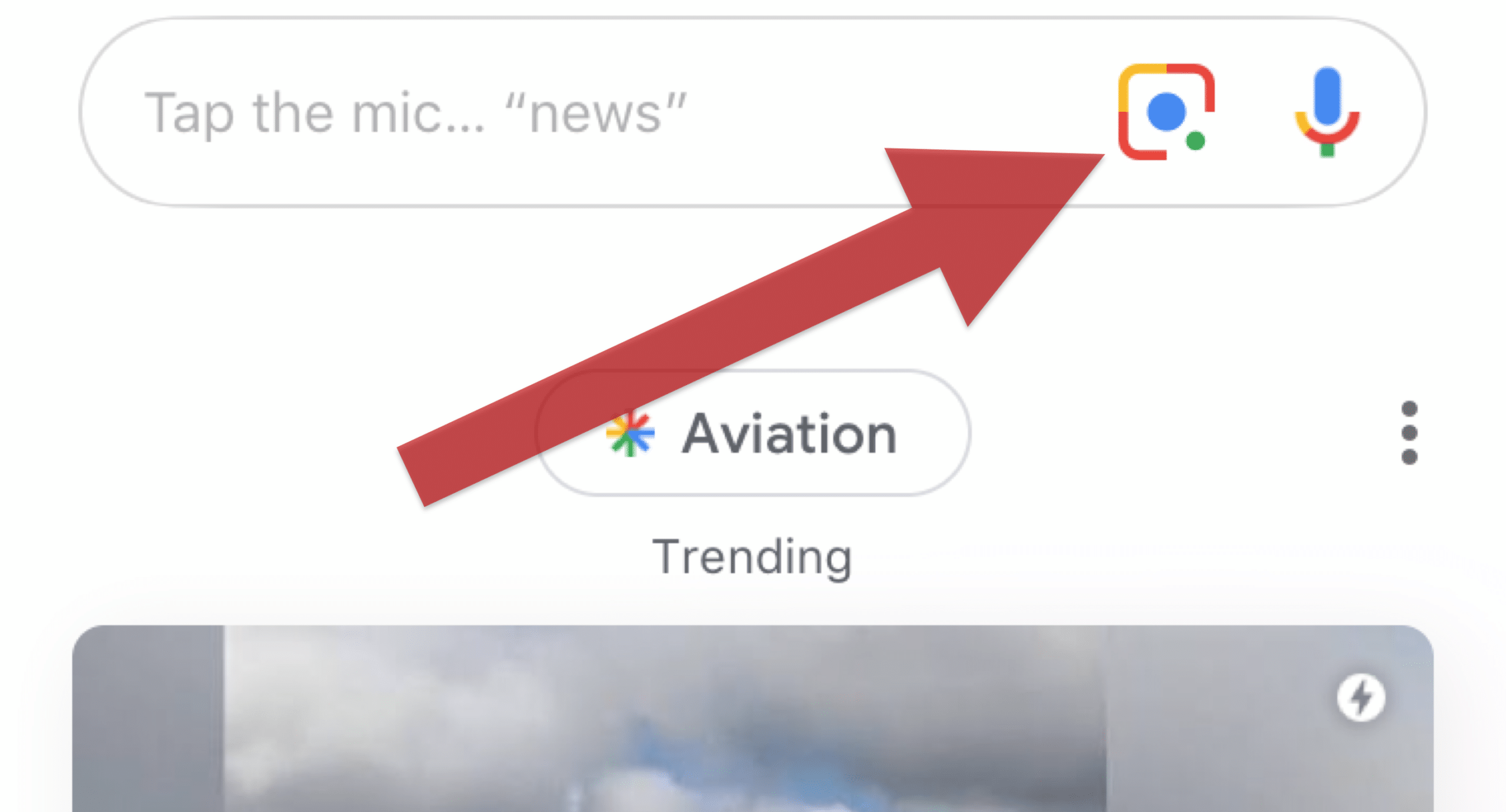
When it comes to emerging technologies, some companies are in a unique position to accelerate adoption. That can often happen by tapping into large established networks or user bases to expose and distribute the technology in question. It’s a classic incubation play.
In AR, Apple is a good example of this approach, given its work to seed user demand and developer interest through ARkit and other mobile means. Snap has likewise popularized AR lenses by integrating them into the existing and popular activity of social multimedia sharing.
But greater impact could come from the web’s most well-traveled destination: Google. Can it use this position to incubate AR and expose the technology at scale? It’s already begun to do so by planting AR throughout its well-traveled touchpoints and search results pages (SERPs).
This has played out in a few ways so far. For one, Google increasingly offers AR-enabled search results that come to life in 3D. It also grants prime real estate to Google Lens and Live View with activation buttons in the places where people launch mobile searches and directions.
Let’s take these one at a time…

Ten Blue Links
Starting with AR-enabled SERPs, Google continues to enable search results to come to life in 3D and AR. To define these two terms, 3D is when searchers can spin a 3D graphic (often on desktop SERPs), while AR offers the same effect but overlayed in one’s space (on smartphones).
This has played out so far with topics that are conducive to visualization, and in educational contexts. These 3D/AR results include subjects like a human skeleton or members of the animal kingdom. These use cases and categories will continue to broaden as Google tests the waters.
We also see this moving towards more monetizable searches. In Google fashion, it’s gaining organic traction before it flips the monetization switch. The latter could involve things like characters to promote various entertainment like it recently did with Baby Yoda (see above).
Another way monetization will play out is Google Swirl. This 3D/AR format acts in the above ways, but specifically for advertisers to develop interactive search results. In early tests, these campaigns are already showing high engagement versus non-AR benchmarks.
All of the above represents an ongoing evolution of the SERP from its “10 blue links” origins. After years of expanding into the broader knowledge graph, 3D models are the next logical step. They’re also a way to future-proof search by bringing it into a more camera-forward era.
Prime Real Estate
Speaking of future-proofing, Google Lens is a product that could represent an alternate search input to allow Google to continue growing its business. More search modalities — including voice and visual search — provide more ways for users to tap into Google throughout their day.
Tying that back to this article’s theme of incubation, Google has accelerated Lens by giving it prime real estate on the main search bar in its mobile apps on iOS and Android. Planted right next to the voice search button, this gives Lens more exposure than any product could ask for.

While it does that, Google is simultaneously beefing up Lens’ capabilities. As it recently announced, Google Lens now recognizes 15 billion products — up 15x in two years. This taps into Google’s 20+ years of indexing images to form an AI training set for visual object recognition.
Meanwhile, there’s a similar incubation play for Live View AR navigation. Over time, Google has given it more front & center positioning as it’s increasingly ready for prime time. It can now be found in the main tray of options when getting walking directions in Google Maps.
All of the above represent orbiting parts in Google’s AR play. It knows it can utilize its own massive scale to accelerate things. AR can in turn help Google future-proof search as noted. This makes Google’s AR incubation a sort of virtuous cycle. We’ll see if that translates to dollars.

